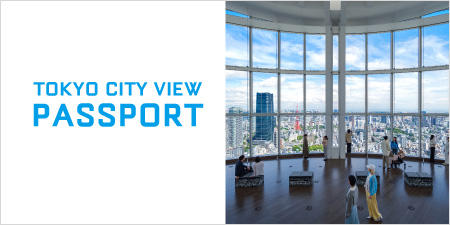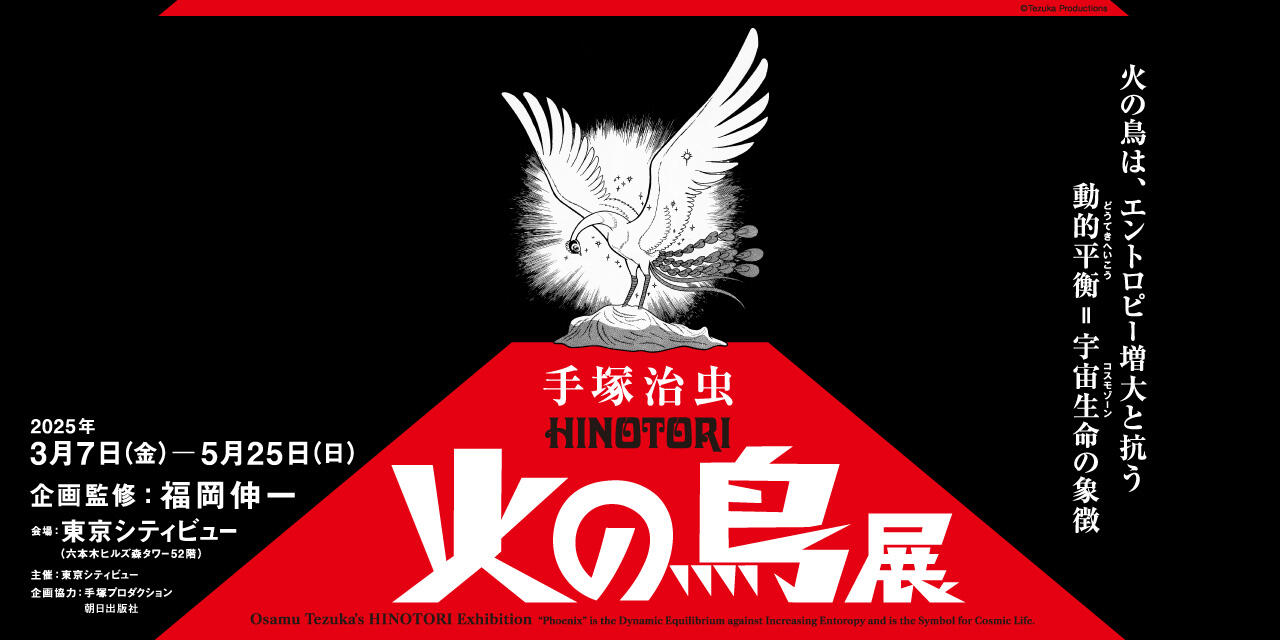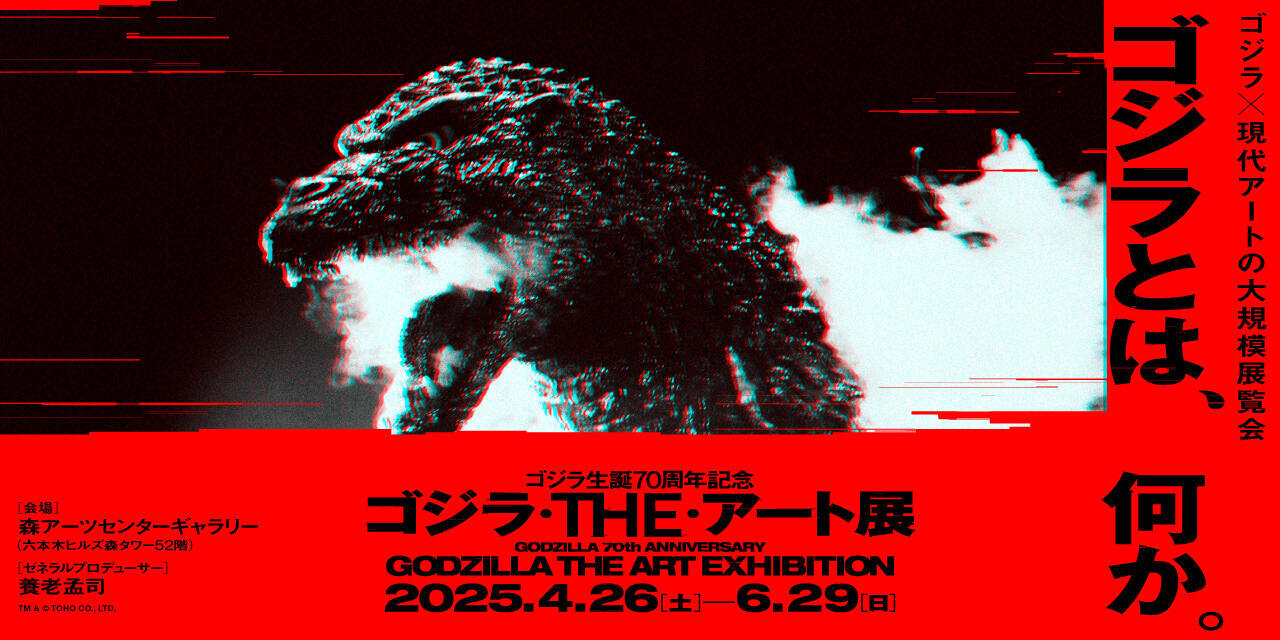Lost Boundaries
| Artist | : | Kikuchi Tomoko (1973-) |
|---|---|---|
| Nationality | : | Japan |
| Year | : | 2012 |
| Material | : | High-definition video |
| Size | : | 7 min. |
Kikuchi Tomoko graduated from Musashino Art University in 1996 and moved to Hong Kong in 1997, where she began working as a photographer. She relocated to Beijing from 1999, and has been based in Tokyo and Seoul since 2020. Against a backdrop of the various social gaps that have emerged during the rapid modernization, Kikuchi has created her work while living side by side with her subjects, such as young LGBTQ people struggling with loneliness and contradictions in their lives, the fishermen living off a big river, and drag queens who perform at funerals in rural areas. Her recent output includes a video project engaging in dialogue with people who are both perpetrators and victims of incidents or conflicts in recent East Asian history, as well as works in Kyushu in southern Japan exploring depopulation and the interlinked histories of Minamata Disease and North Korea. Through her practice, Kikuchi attempts to visualize the indomitable spirit of people who strive to overcome not only external pressures and contradictions but also their inner divisions in order to live true to themselves. In 2013, she won the Kimura Ihei Award, and the Prix Pictet Japan Award in 2015. Her work has been acquired by such institutions as Tokyo Photographic Art Museum, Kawasaki City Museum (Kanagawa, Japan), Fondazione Modena Arti Visive (Italy), and KADIST Art Foundation.
-

Kikuchi TomokoLost Boundaries2012High-definition video7 min.
Kikuchi TomokoLost Boundaries2012High-definition video7 min.
Lost Boundaries
| Artist | : | Kikuchi Tomoko (1973-) |
|---|---|---|
| Nationality | : | Japan |
| Year | : | 2012 |
| Material | : | High-definition video |
| Size | : | 7 min. |
Kikuchi Tomoko graduated from Musashino Art University in 1996 and moved to Hong Kong in 1997, where she began working as a photographer. She relocated to Beijing from 1999, and has been based in Tokyo and Seoul since 2020. Against a backdrop of the various social gaps that have emerged during the rapid modernization, Kikuchi has created her work while living side by side with her subjects, such as young LGBTQ people struggling with loneliness and contradictions in their lives, the fishermen living off a big river, and drag queens who perform at funerals in rural areas. Her recent output includes a video project engaging in dialogue with people who are both perpetrators and victims of incidents or conflicts in recent East Asian history, as well as works in Kyushu in southern Japan exploring depopulation and the interlinked histories of Minamata Disease and North Korea. Through her practice, Kikuchi attempts to visualize the indomitable spirit of people who strive to overcome not only external pressures and contradictions but also their inner divisions in order to live true to themselves. In 2013, she won the Kimura Ihei Award, and the Prix Pictet Japan Award in 2015. Her work has been acquired by such institutions as Tokyo Photographic Art Museum, Kawasaki City Museum (Kanagawa, Japan), Fondazione Modena Arti Visive (Italy), and KADIST Art Foundation.
Past Exhibitions
Kikuchi Tomoko has 26 works in our collection
-

Kikuchi Tomoko
Xiaxue and Erfei, Xian (from the series “I and I”)2012
-

Kikuchi Tomoko
Erfei, Xian (from the series “I and I”)2011
-

Kikuchi Tomoko
Lala, Sichuan Province (from the series “I and I”)2011
-

Kikuchi Tomoko
Guimei in front of Mao Zedong Propaganda at His House, Chongqing (from the series “I and I”)2011




